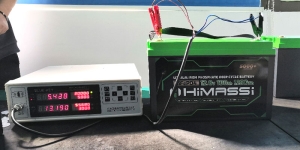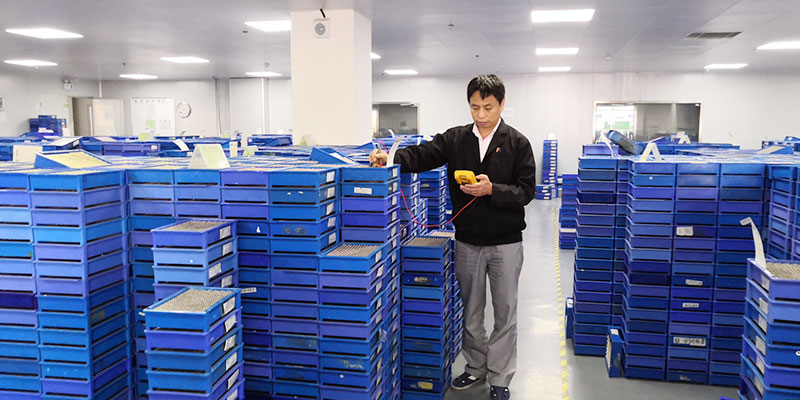How To Test Lifepo4 Battery Capacity
Comprehensive Guide on How to Test LiFePO4 Battery Capacity
Understanding the capacity of your LiFePO4 (Lithium Iron Phosphate) batteries is crucial for ensuring their optimal performance and longevity. This detailed guide explains the process of testing the capacity of LiFePO4 batteries, which is essential for anyone relying on these batteries for critical applications. Additionally, we’ll explore the benefits of choosing Himax Electronics for your battery needs.
Introduction to LiFePO4 Battery Capacity Testing
Battery capacity testing is fundamental in assessing a battery’s health and efficiency. For LiFePO4 batteries, known for their robustness and longevity, capacity testing ensures they meet the expected standards for energy storage and output over their lifespan.

Why Test LiFePO4 Battery Capacity?
Testing the capacity helps:
- Determine the actual energy storage capability of the battery.
- Identify potential battery issues early, extending the battery’s operational life.
- Ensure the battery can meet the power demands of your application.
Tools Required for Capacity Testing
Before starting the test, ensure you have the following tools:
- A high-quality battery tester that can handle LiFePO4 chemistry.
- A multimeter for voltage and current measurements.
- A controlled load to discharge the battery (resistive load, electronic load, or an actual device that draws power).
- Safety gear such as gloves and goggles.
Step-by-Step Process to Test LiFePO4 Battery Capacity
- Full Charge
- Begin by fully charging your LiFePO4 battery to the maximum voltage as recommended by the manufacturer. This ensures that the battery starts the test from its highest potential state.
- Prepare Testing Setup
- Connect the battery to the testing load. Ensure all connections are secure and that the load is appropriate for the battery’s specifications.
- Begin Discharge
- Start discharging the battery at a constant current that is safe for the battery’s capacity. This rate is often specified by the battery manufacturer, commonly referred to as the C-rate.
- Monitor the Process
- Continuously monitor the voltage drop and keep track of the time. It’s crucial to stop the discharge at the battery’s cut-off voltage to avoid deep discharging, which can harm the battery.
- Calculate Capacity
- The capacity can be calculated using the formula: Capacity (Ah) = Discharge Current (A) x Time (h)
- For example, if you discharge at 5A for 2 hours, the capacity is 10Ah.
- Evaluate Results
- Compare the measured capacity with the nominal capacity specified by the manufacturer. Significant deviations could indicate battery wear or issues.
Tips for Effective Capacity Testing
- Ambient Conditions: Conduct the test in a stable, controlled environment to avoid external factors such as temperature influencing the results.
- Regular Testing: Perform capacity tests at regular intervals throughout the battery’s life to monitor its condition and performance.
- Proper Handling: Always handle batteries with care, especially during testing, to avoid short circuits and damage.

Why Choose Himax Electronics?
Opting for Himax Electronics for your LiFePO4 battery (https://himaxelectronics.com/lifepo4-battery/)needs offers significant advantages:
- Reliability: We provide high-quality, dependable LiFePO4 batteries that deliver exceptional performance.
- Expertise: Our team possesses deep expertise in battery technologies, offering guidance and support to help you choose the best products for your needs.
- Customer Service: We pride ourselves on excellent customer service, ensuring you have the support needed to utilize our products effectively.
Conclusion
Testing the capacity of LiFePO4 batteries is essential for anyone looking to maximize their investment in these powerful energy solutions. By following the detailed steps outlined in this guide, you can ensure your batteries are performing to their fullest potential. For top-quality batteries and expert advice, consider Himax Electronics, your trusted partner in advanced battery solutions.



